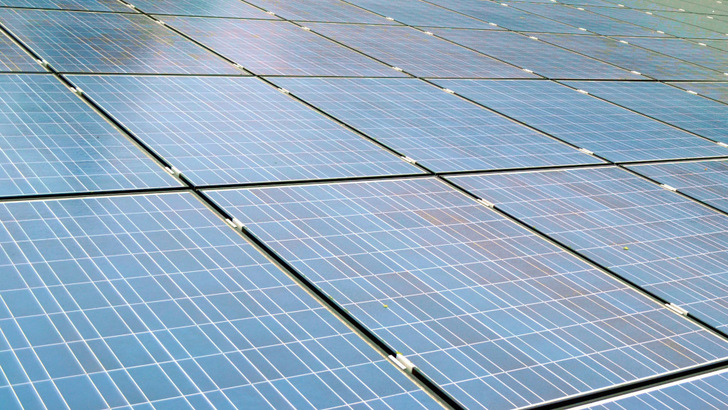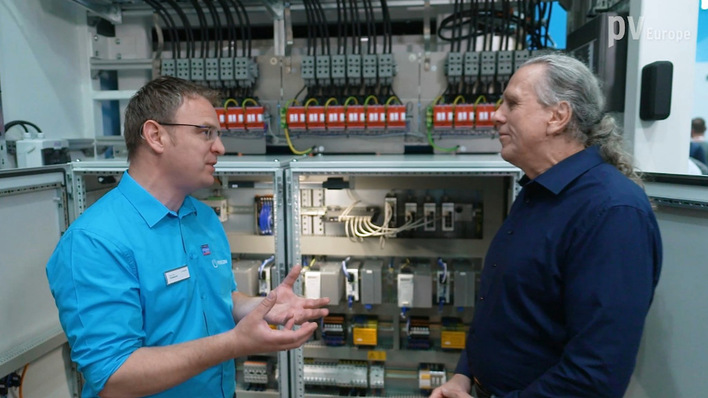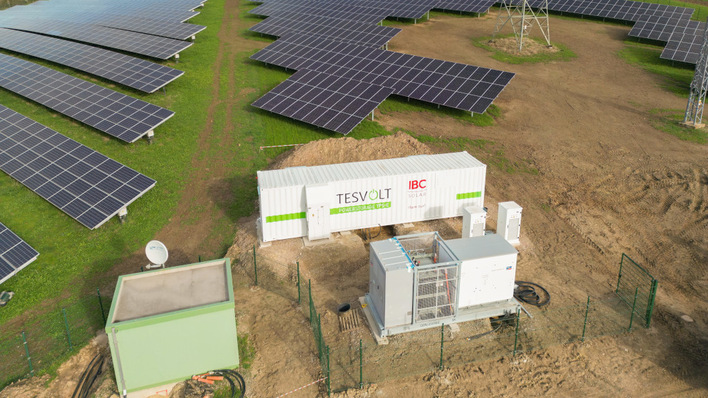The British-Australian mining company Rio Tinto will use solar power for part of the closure work at its Diavik diamond mine. For this purpose, the company is building a large solar park next to the mine. Construction of the plant is expected to start in the next few weeks and will provide part of the mine's electricity in the first half of 2024.
At first glance, it is not the best location for a solar plant to supply the diamond mine with solar power. This is because it is located 300 kilometres north of Yelloknife in the Northwest Territories of Canada. This puts it at roughly the same latitude as northern Iceland.
25 per cent sun in the electricity mix
Nevertheless, Rio Tinto will be able to supply about a quarter of the mine's electricity with the solar park during the work to close the mine, which is scheduled to be completed by 2029. This is because the plant's approximately 6,600 modules will generate about 4,200 megawatt hours of solar energy each year - despite less solar radiation than in the Earth's sunbelt.
See also: Nidec supports power grid at a gold mine in South Africa
This means that the solar power will replace about one million litres of diesel consumption that would otherwise be needed for the electricity supply. According to Rio Tinto, this saves the emission of 2,900 tonnes of CO2 each year. This amount is comparable to the COR2 emissions of 630 cars.
Using reflection from snow
To generate the amount of solar power, Rio Tinto uses an advantage that the region brings to solar energy. This is because there is a lot of snow here for most of the year. Since Rio Tinto installs bifacial modules, the company can not only use the sun's rays hitting the top of the module, but also the light reflected from the snow on the back of the module. In addition to this albedo effect, the cool to very cold air in the region provides more solar output from the modules, which achieve higher efficiency at lower temperatures.
Reducing greenhouse gas emissions
The new photovoltaic power plant will further increase the share of renewables in Diavik Mine's electricity mix. After all, the mine is currently powered by a wind-diesel hybrid power plant with a total capacity of 55.4 megawatts. "I am pleased that we are able to significantly increase our renewable energy production with the newest solar power plant in Canada's Northern Territory at our Diavik Diamond Mine," emphasises Angela Bigg, President and CEO of the Diamond Mine. "Diavik is already a beacon of renewable technologies in cold climates through its wind-diesel hybrid power plant, and this important project underscores our efforts to further reduce our carbon footprint," she says, referring to the new solar plant. Finally, Rio Tinto's ambitions as an overall company are big. The mining group aims to reduce its greenhouse gas emissions by 50 per cent by 2030 and to have zero emissions from the operation of its mines worldwide by 2050.
Support from Yellowknife
The project in Diavik is supported by the government of the Northwest Territories with 3.3 million Canadian dollars. That is the equivalent of about 2.25 million euros. The money comes partly from a government programme in Yelloknife to reduce greenhouse gas emissions.
Also interesting: Extracting lithium as a by-product of geothermal energy
In addition, 600,000 Canadian dollars comes from a Canadian government tax credit programme for investment in clean power generation. "The Diavik solar power plant is a positive sign of Rio Tinto's commitment to renewable energy and reducing emissions," emphasises Caroline Wawzonek, Northern Territories Minister of Finance.
Integrating solar power into the electricity system
She emphasises the importance of the support programme for energy-intensive businesses in the Northwest Territories, from which part of the money for the solar project comes. 'This collaboration exemplifies our commitment to promoting sustainable development while reducing greenhouse gas emissions in the Northwest Territories, and should signal how our economic development can continue to position us as a leader in these areas,' says Caroline Wawzonek.
Diavik is still working with the Northwest Territories government and community partners on a plan for how the new solar plant, as well as the existing wind farm, can support the region's power supply after the mine closes. (su/mfo)









